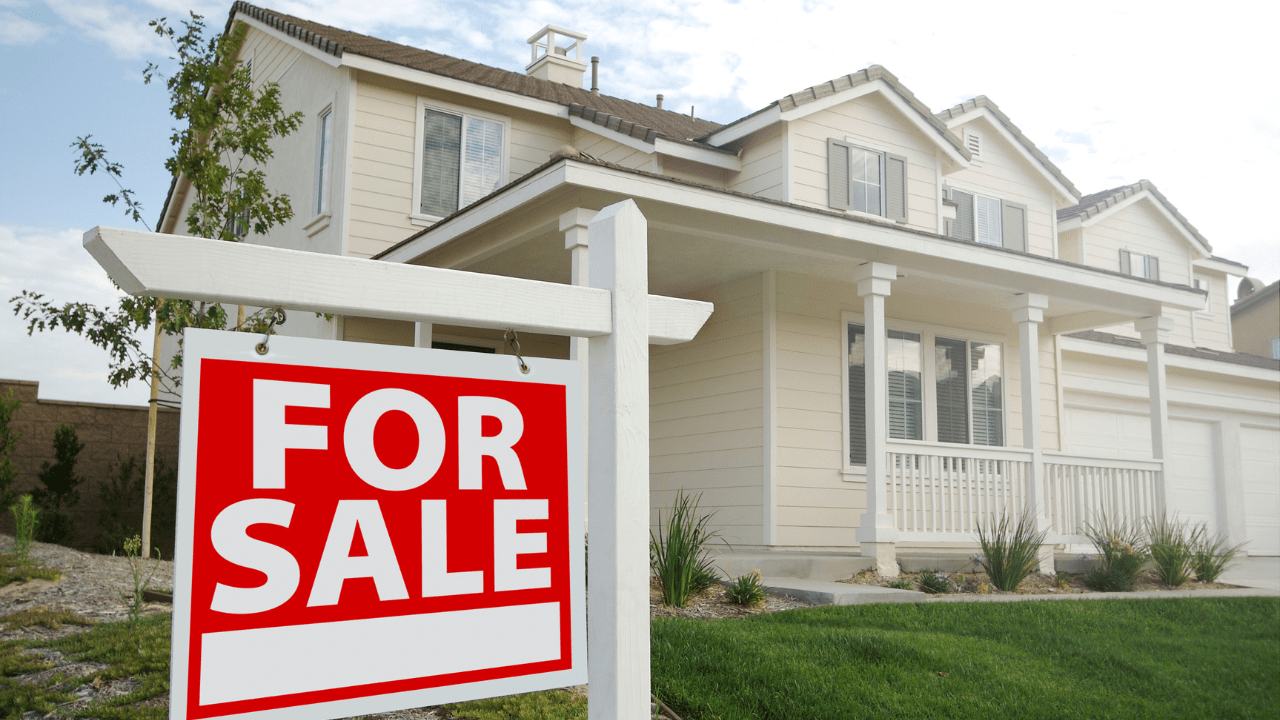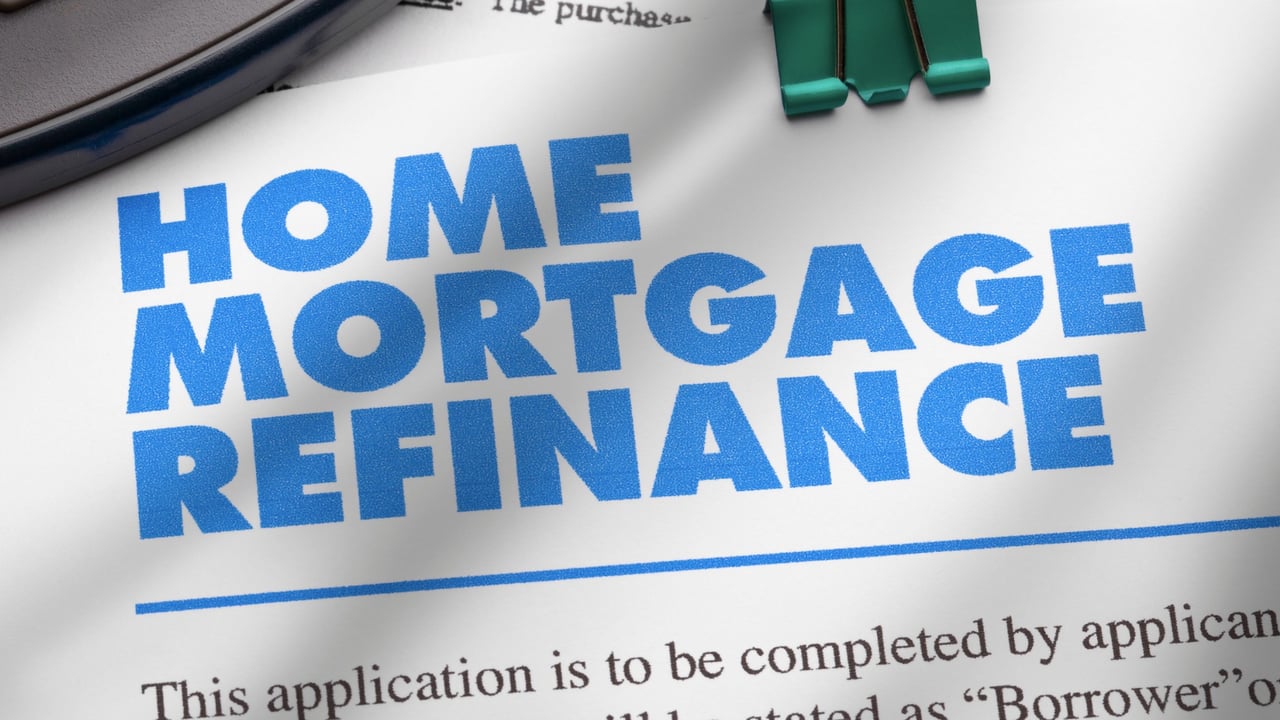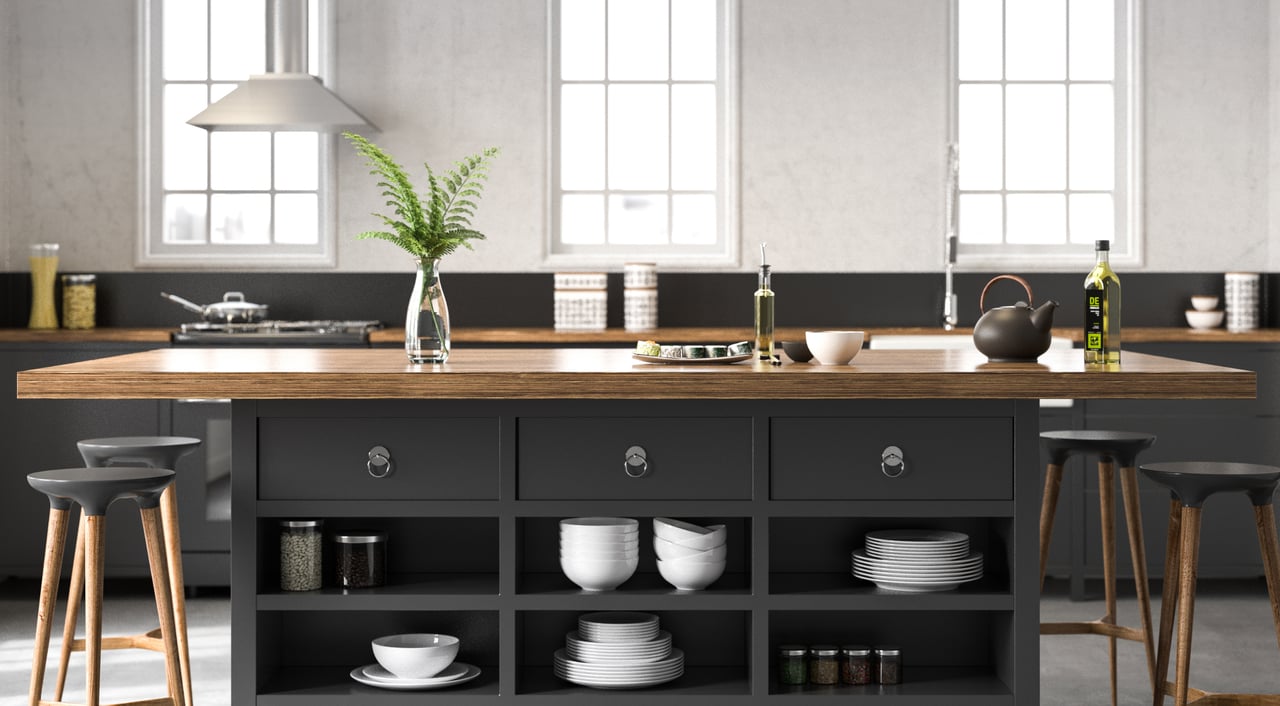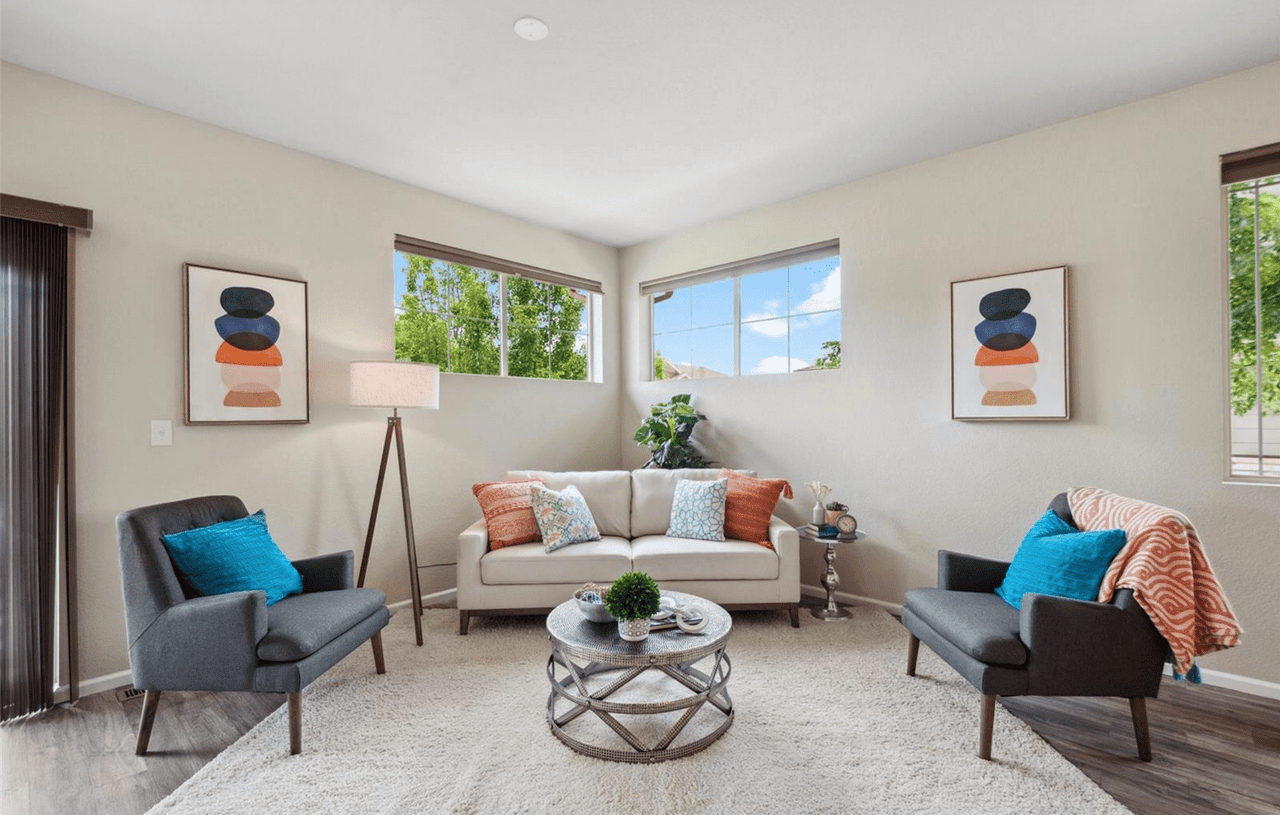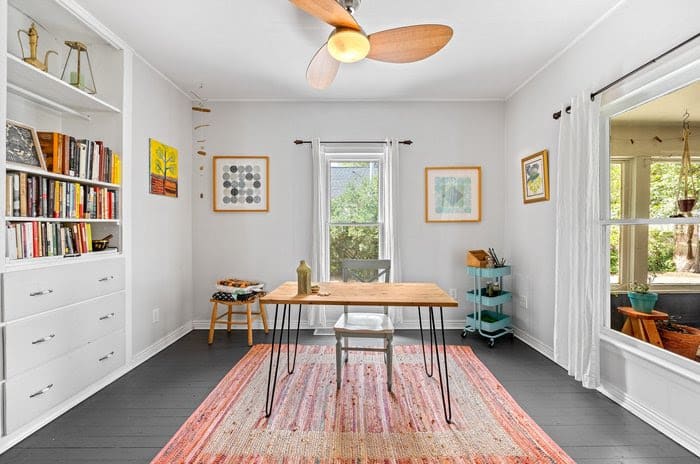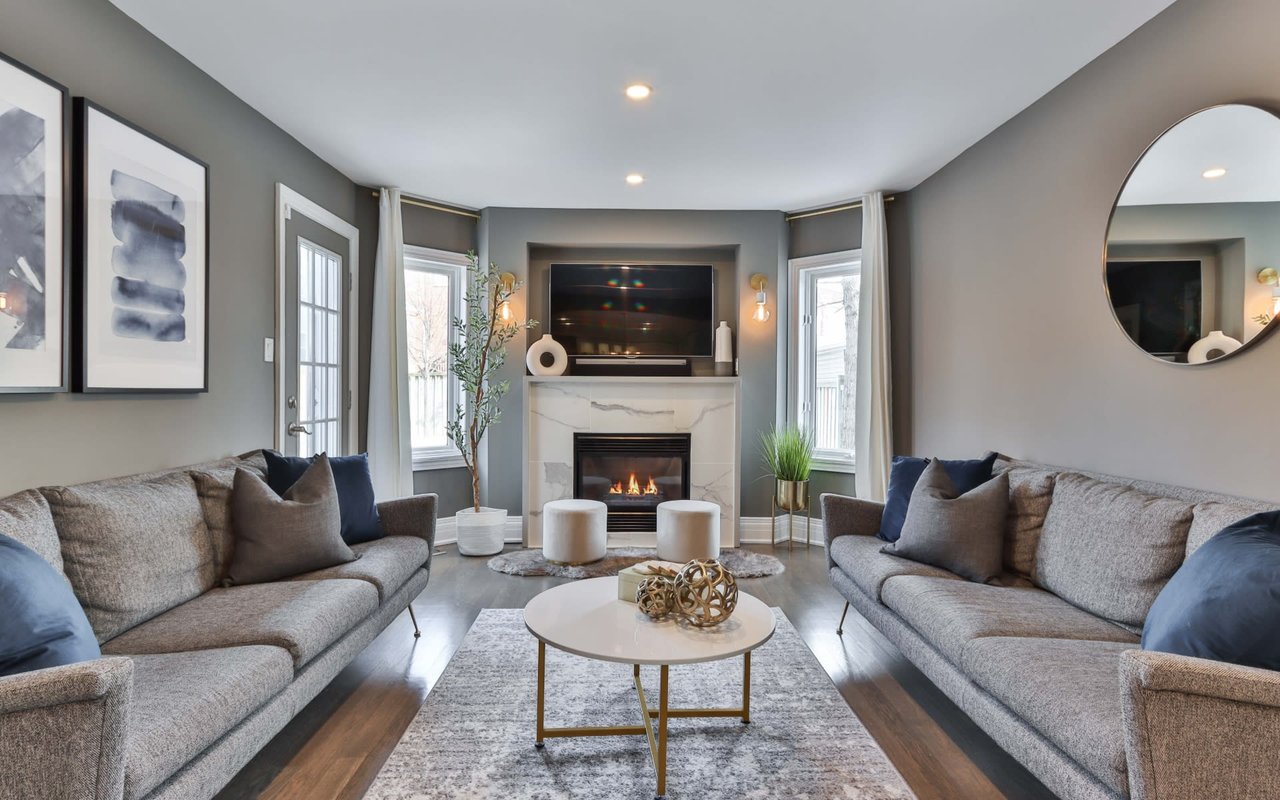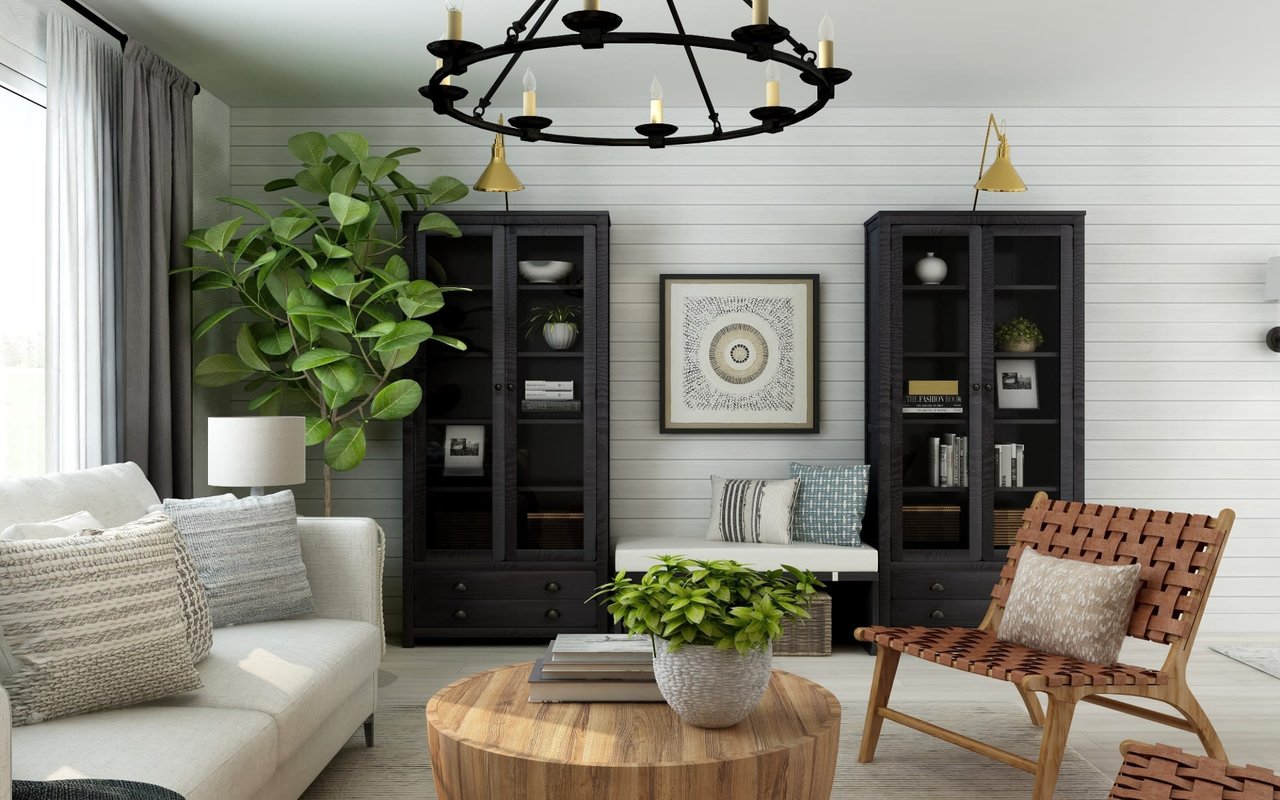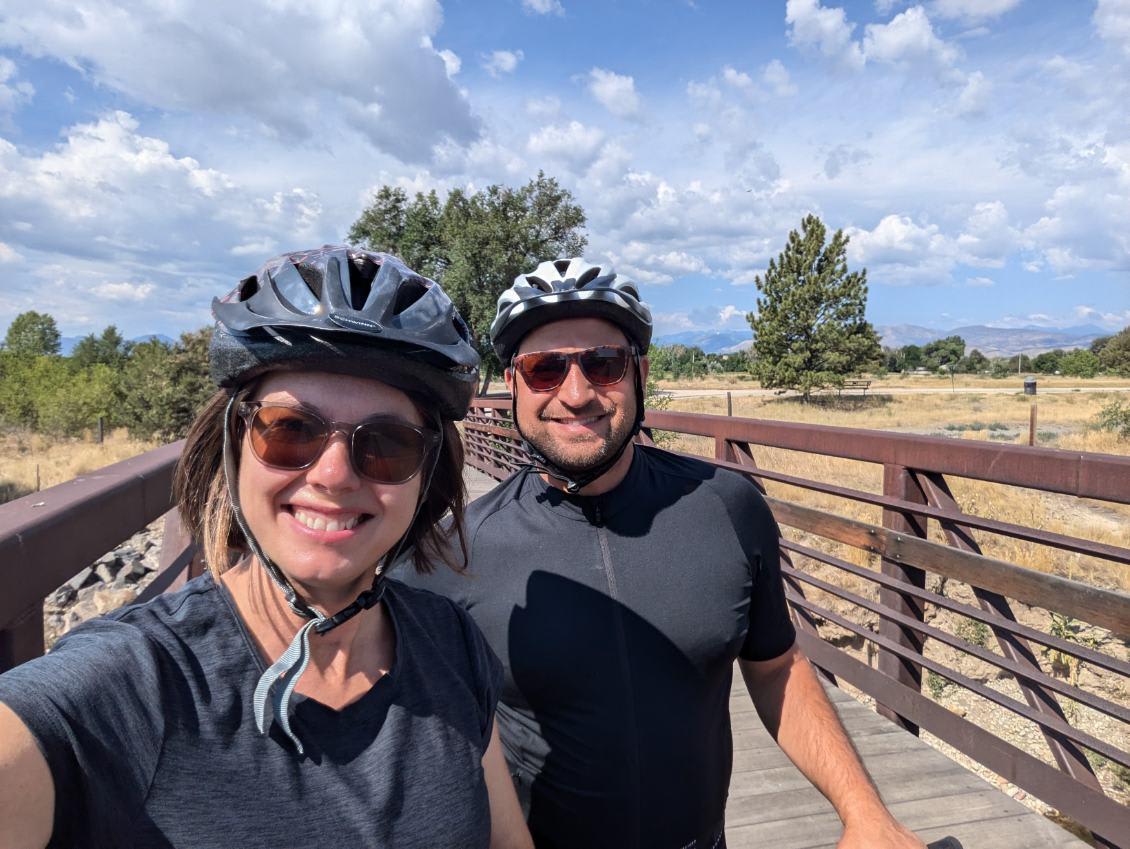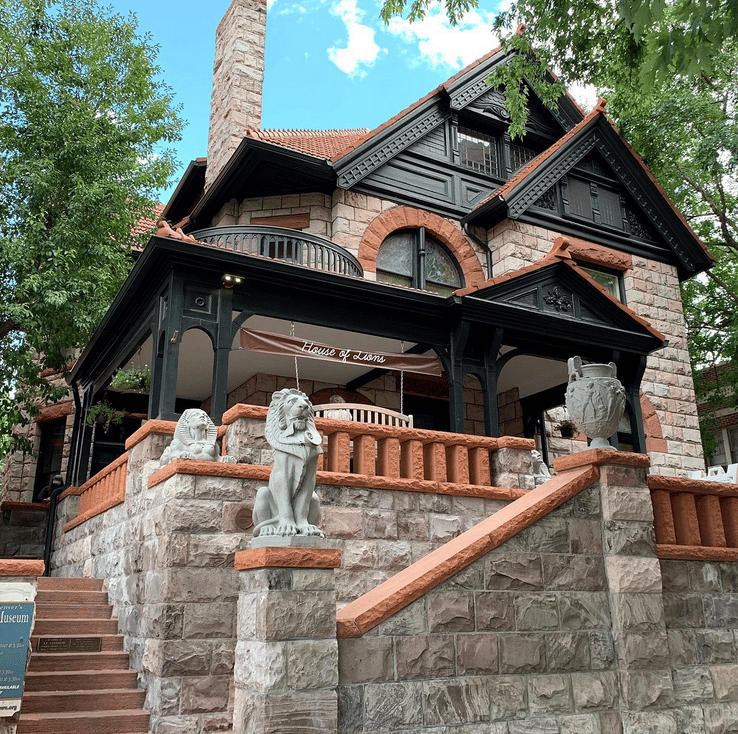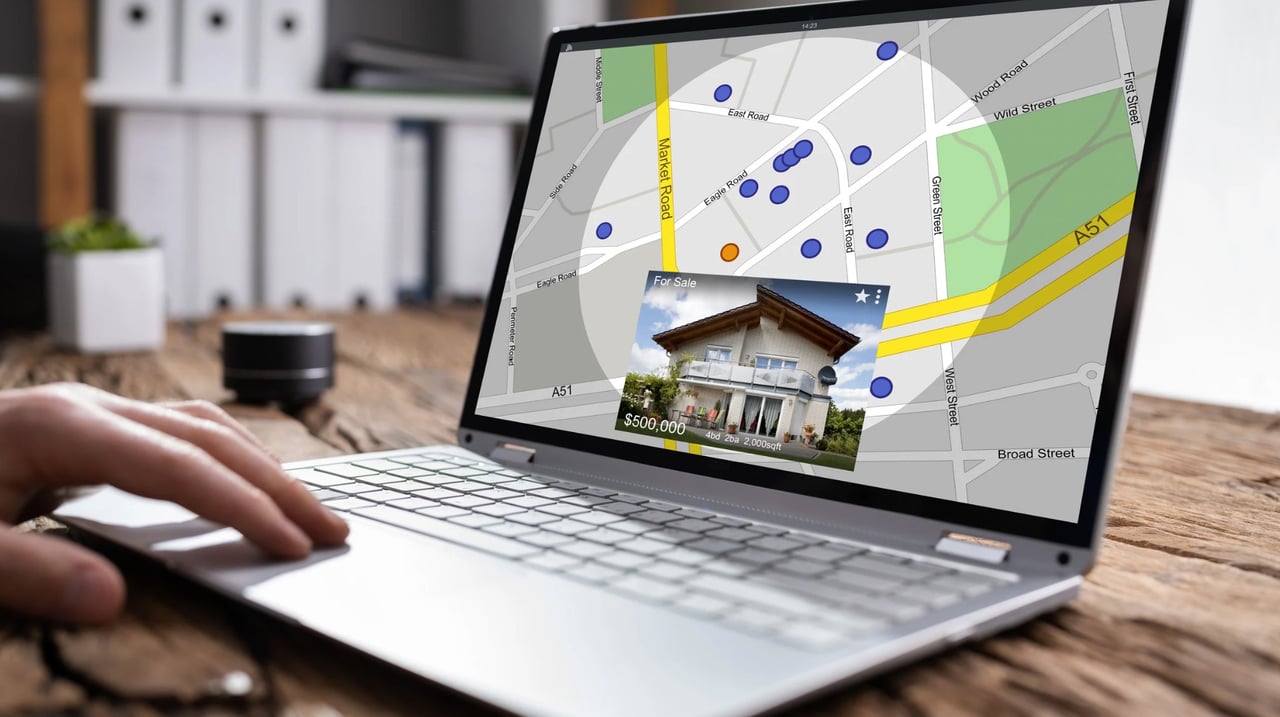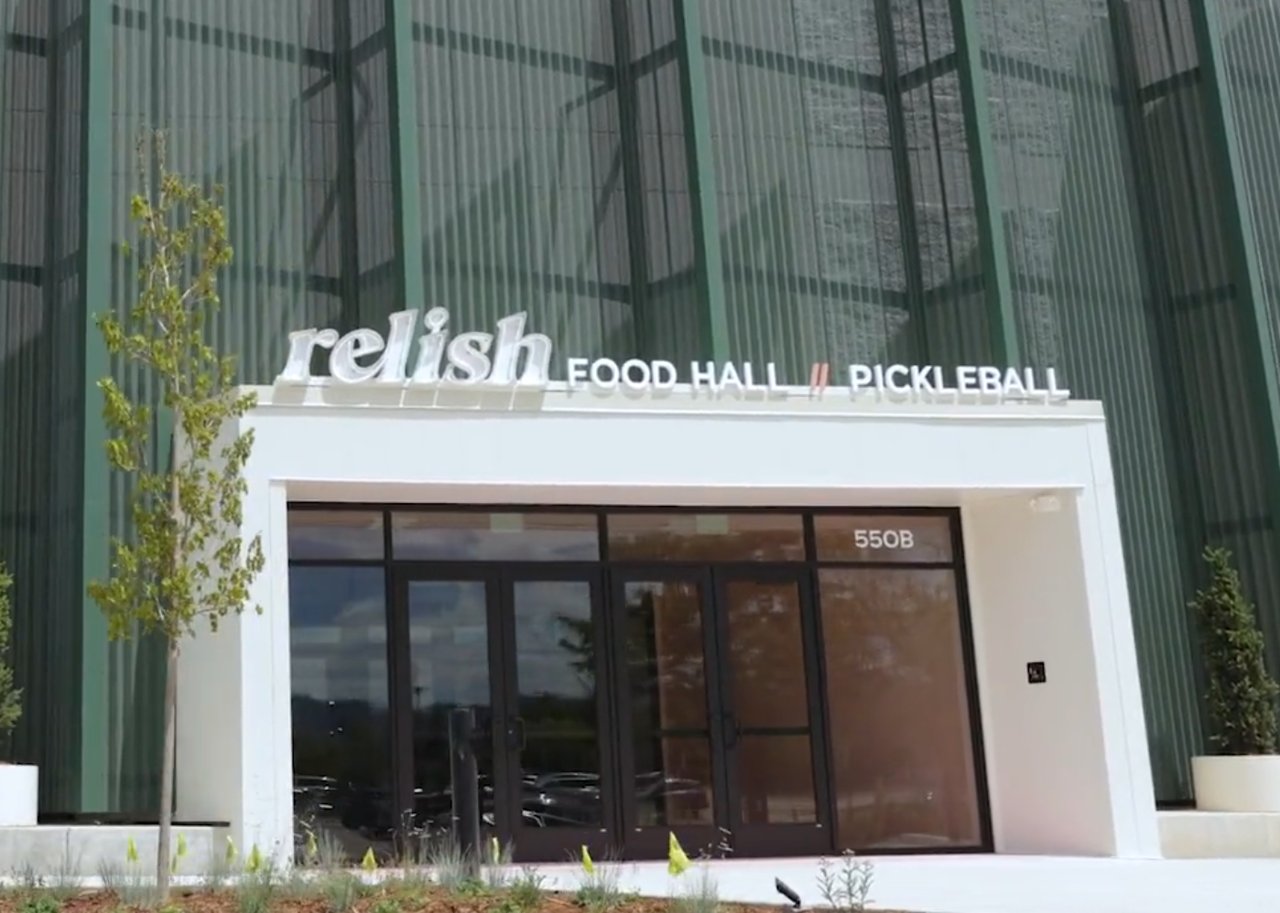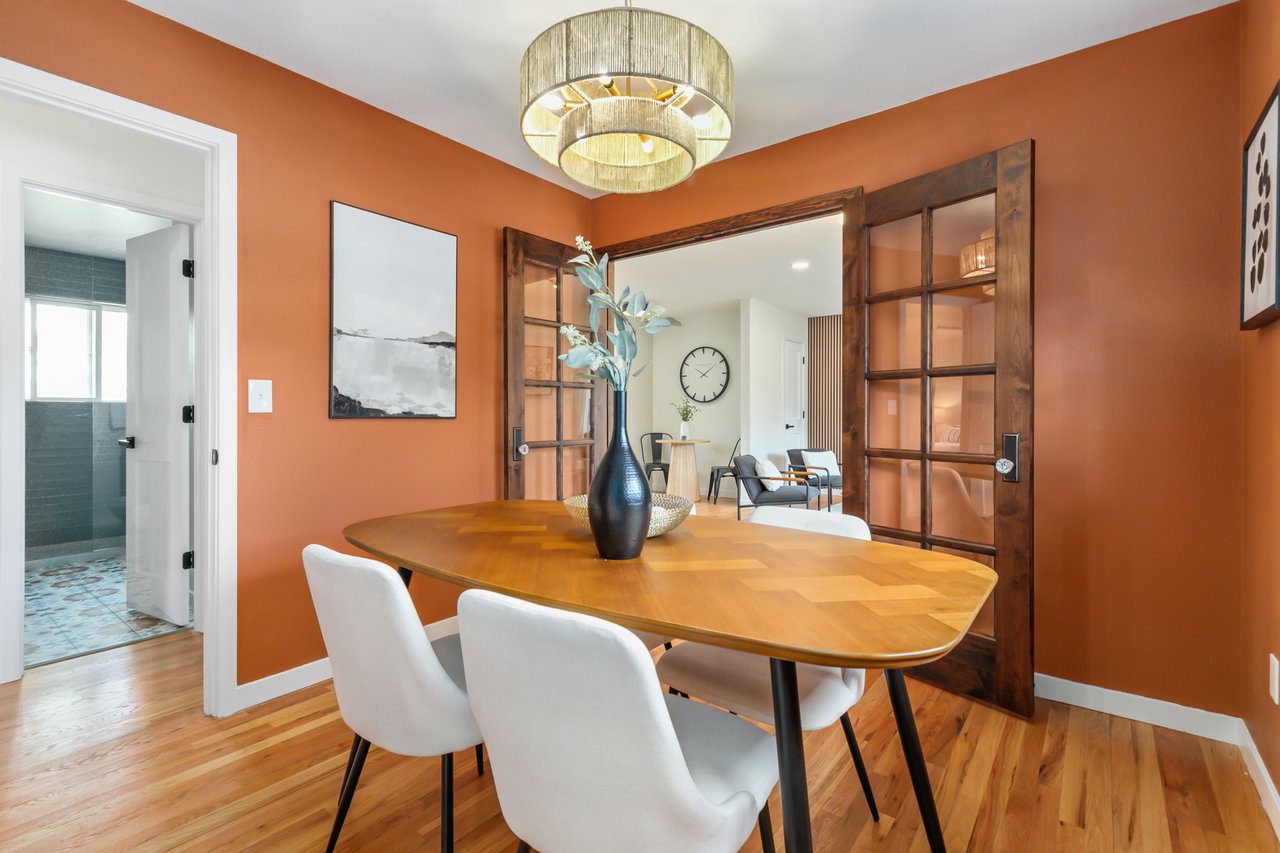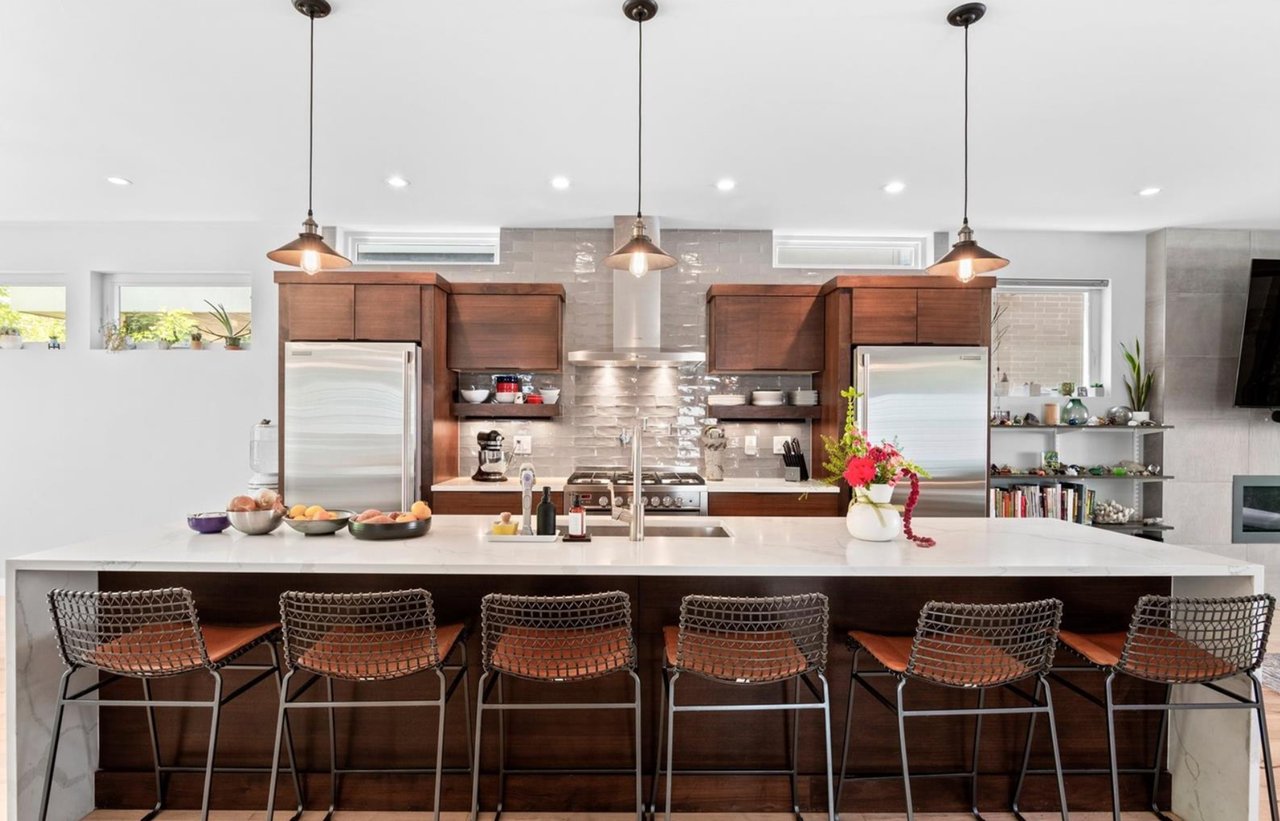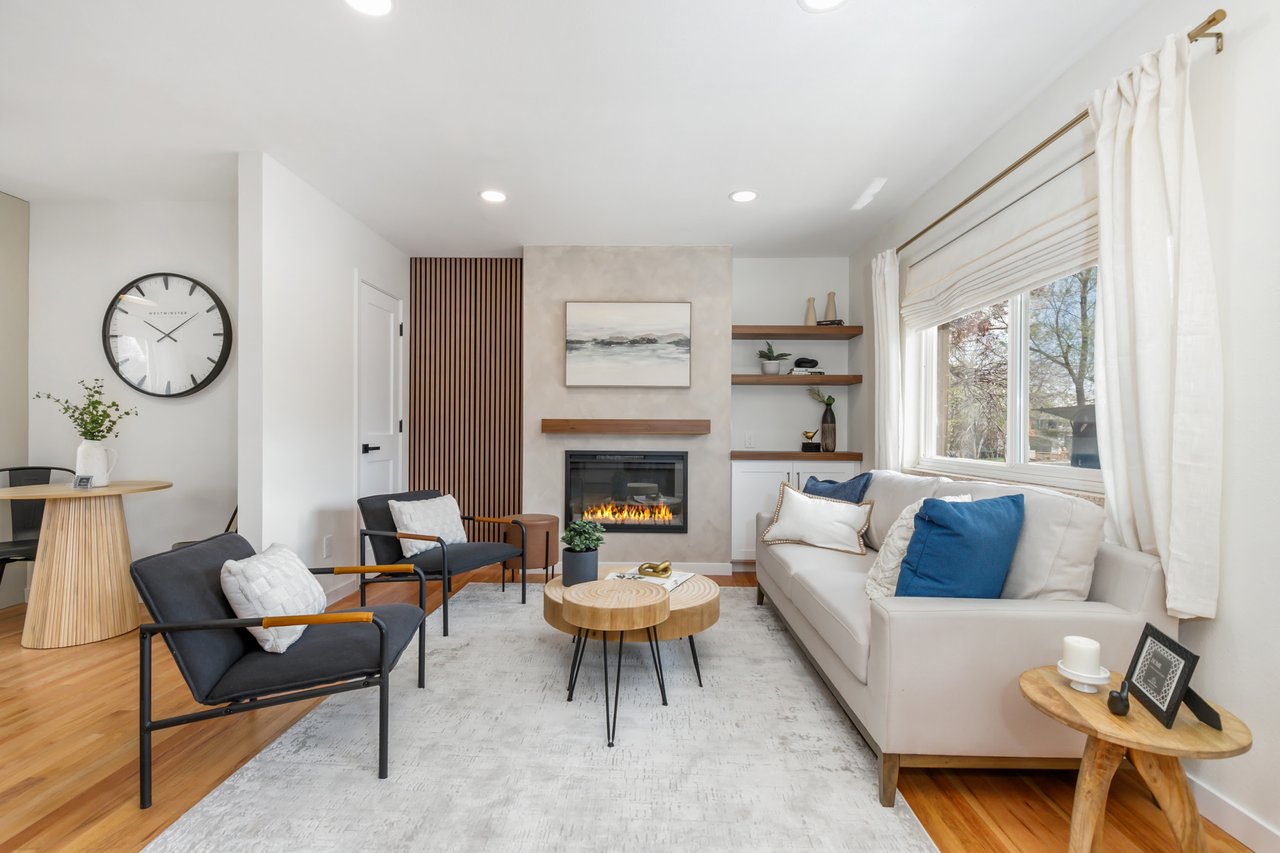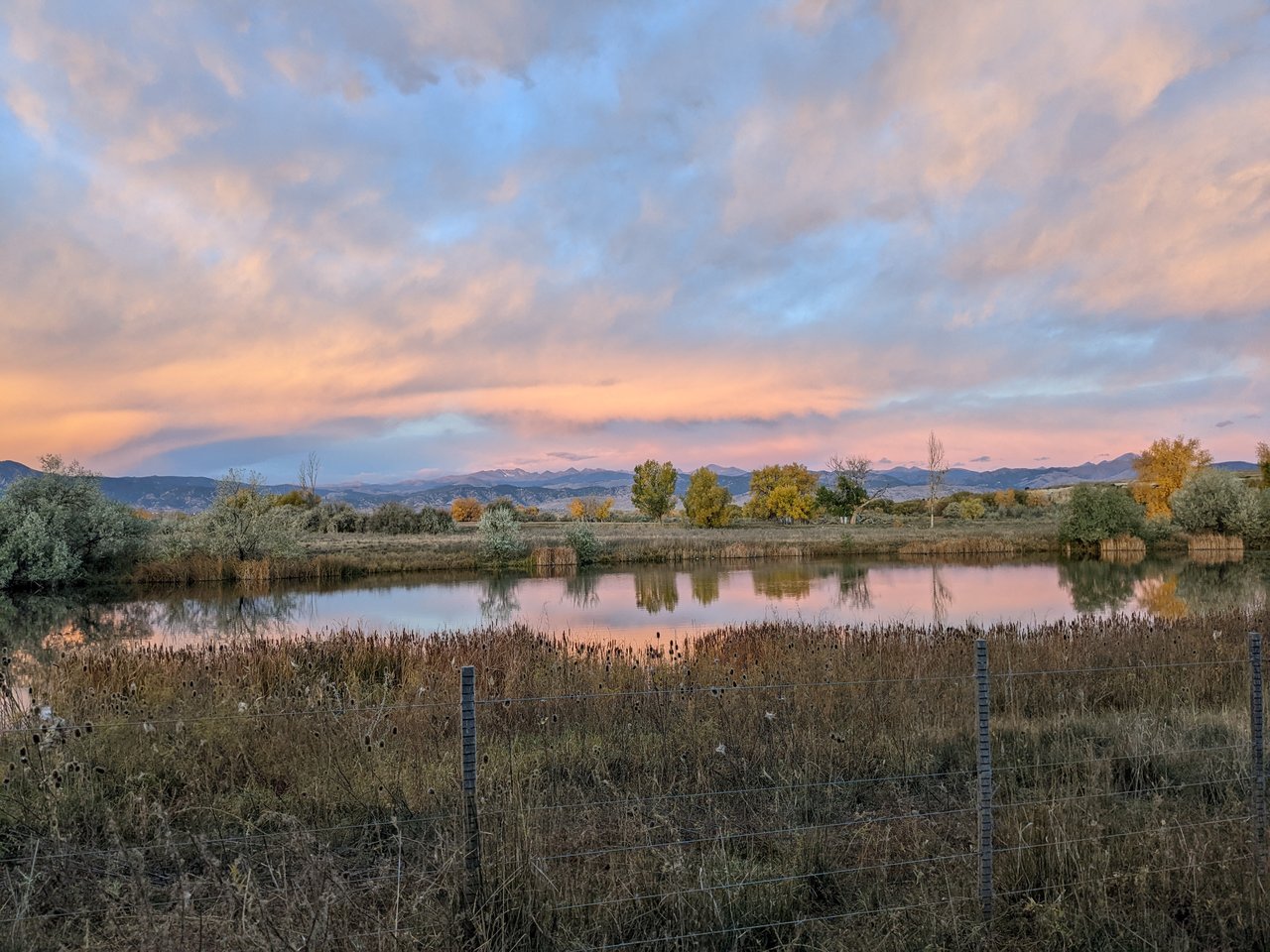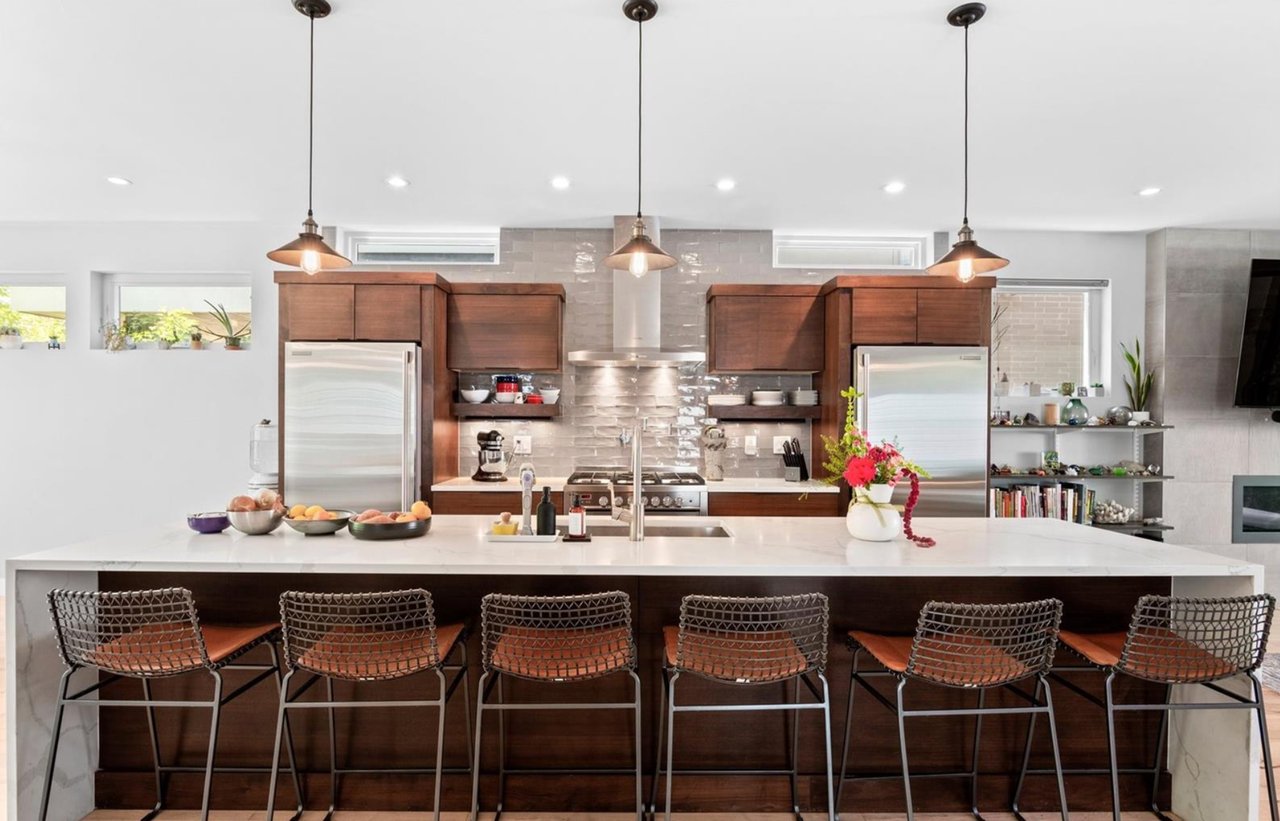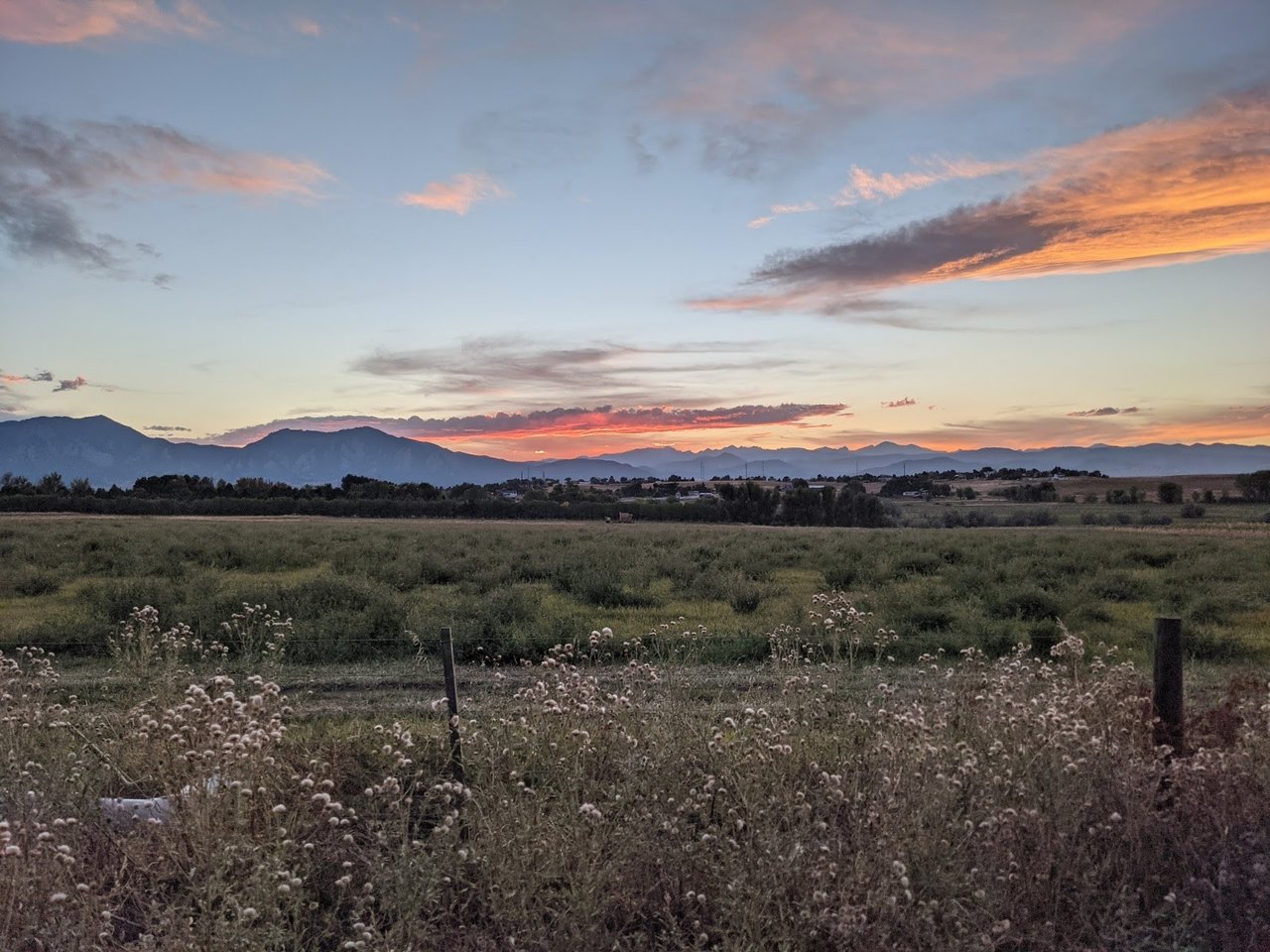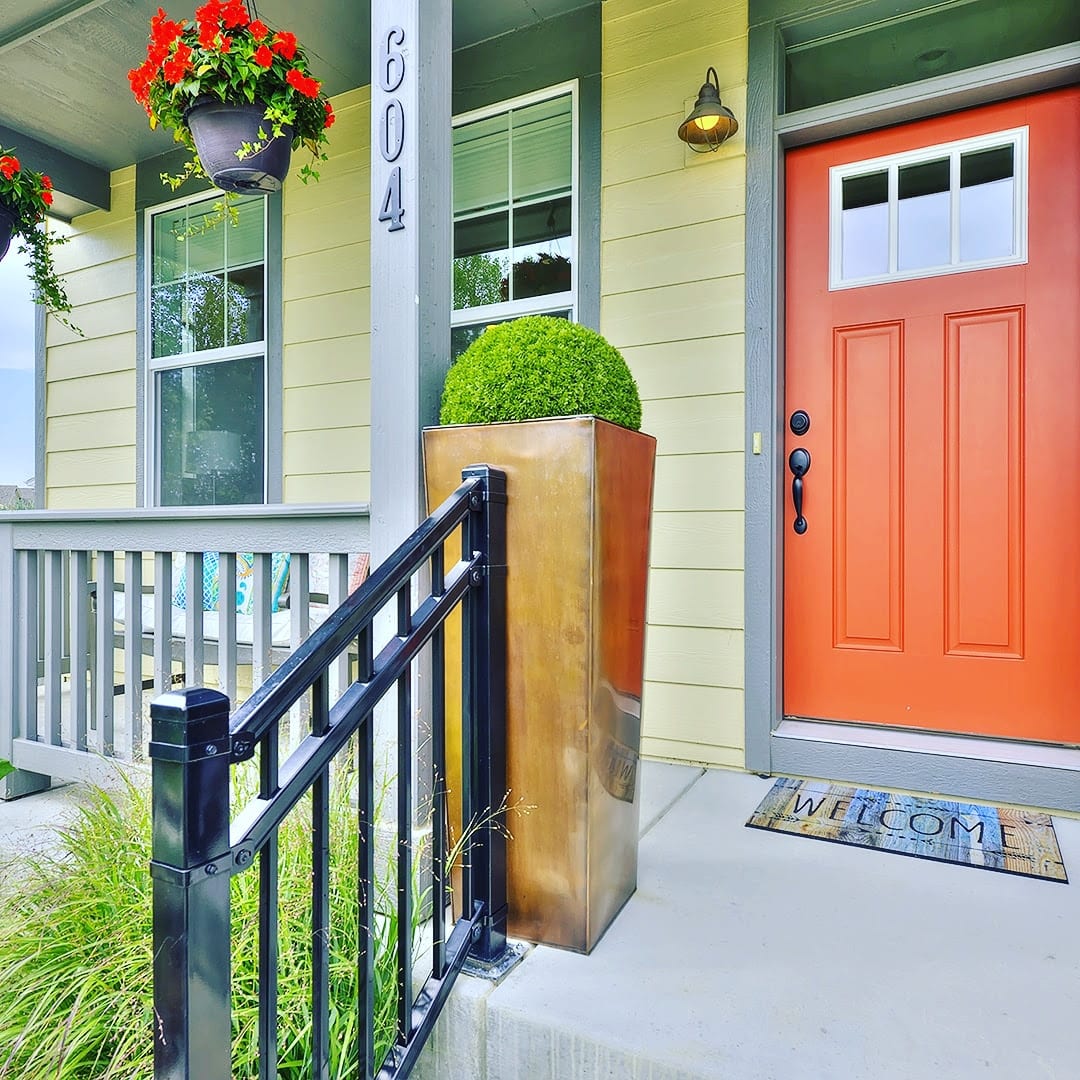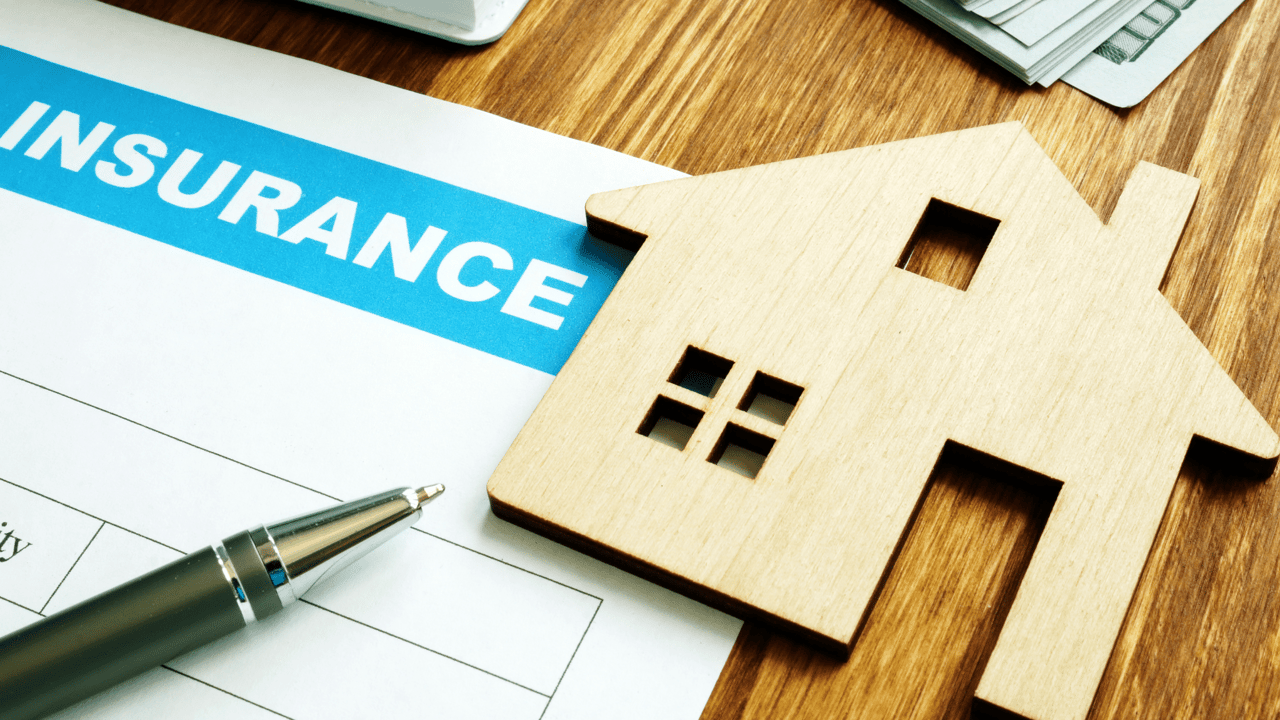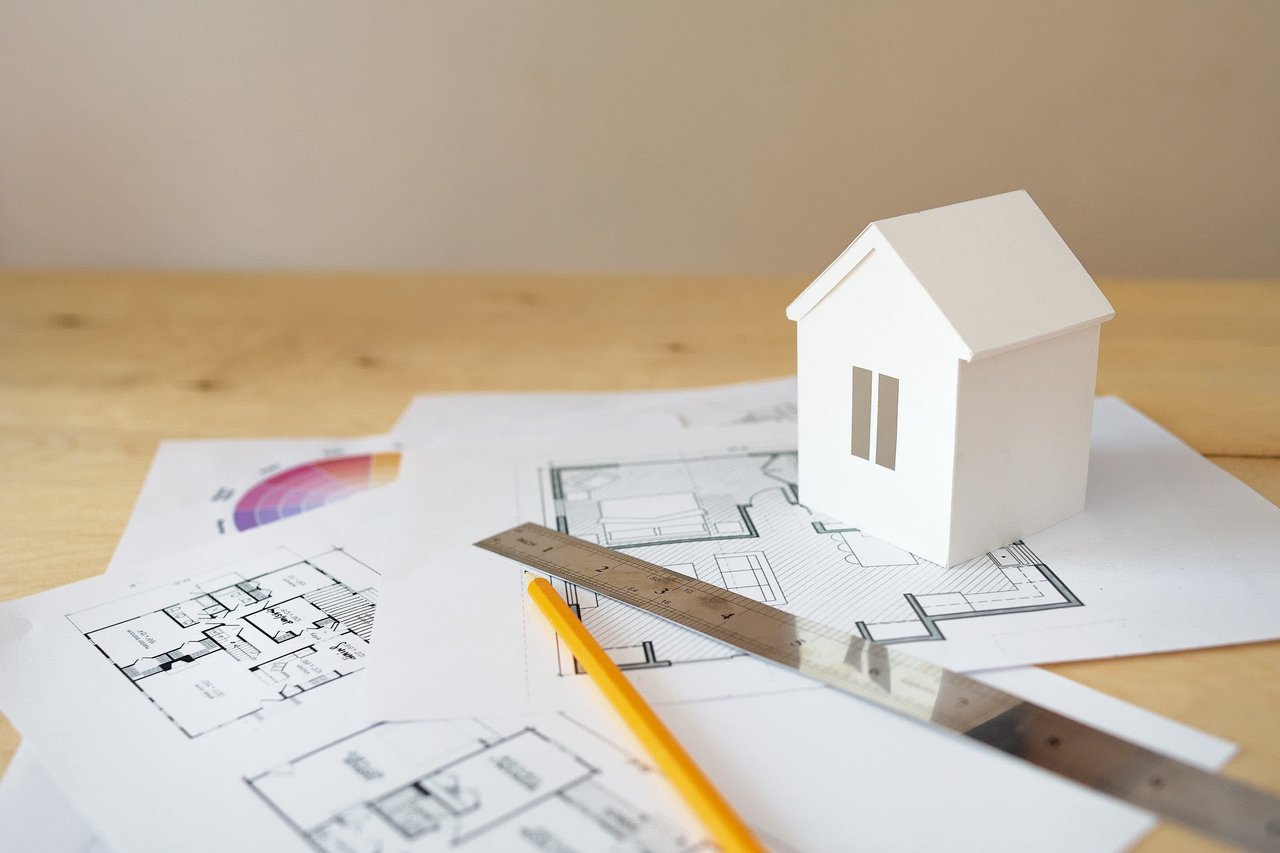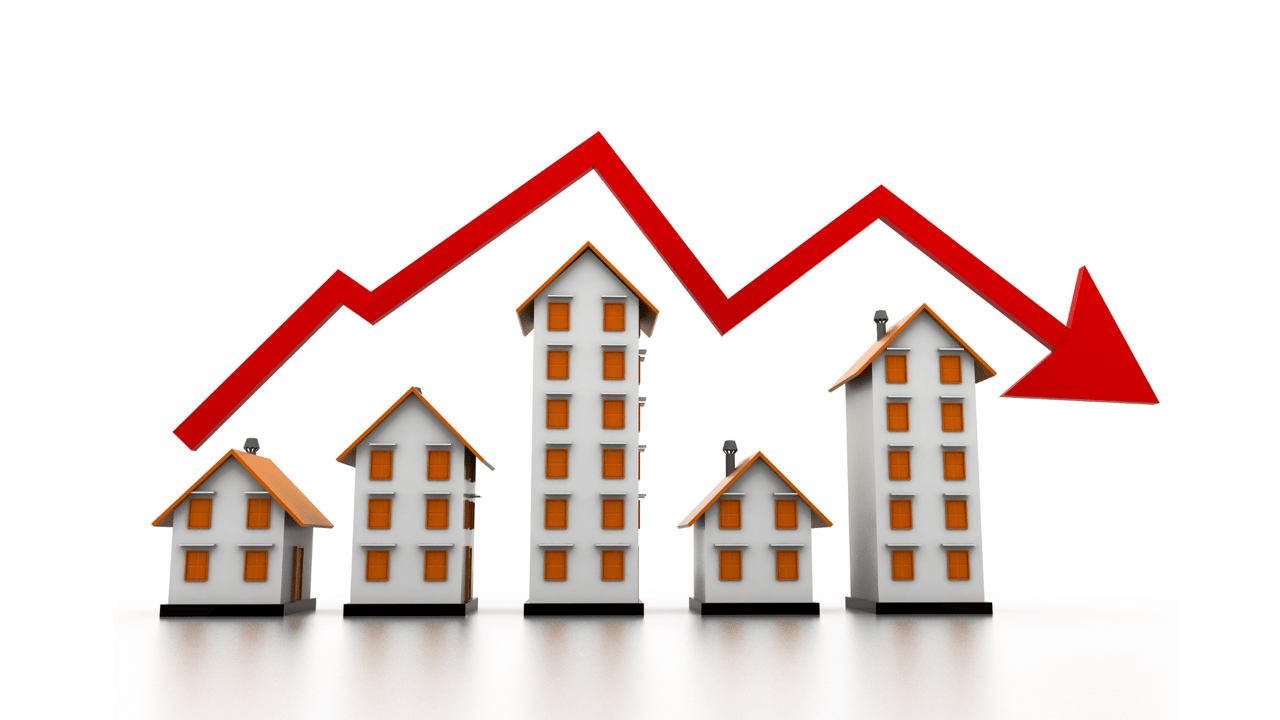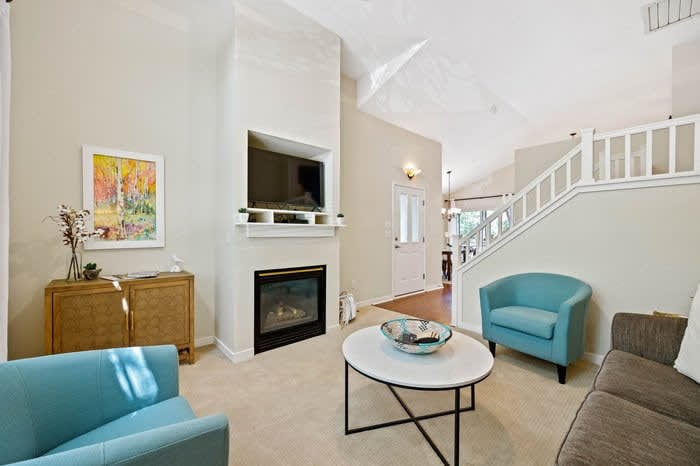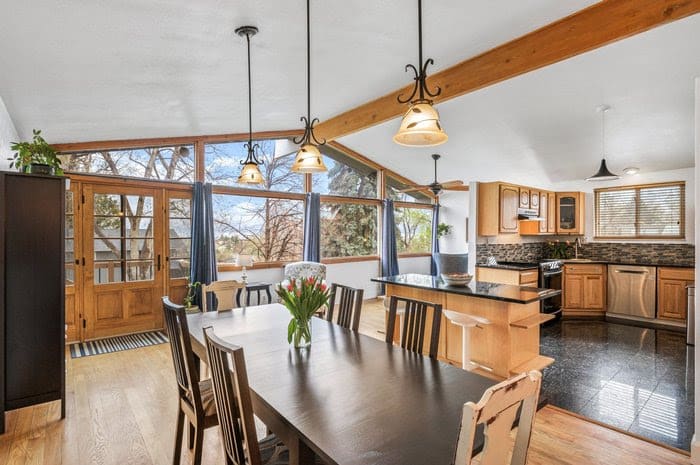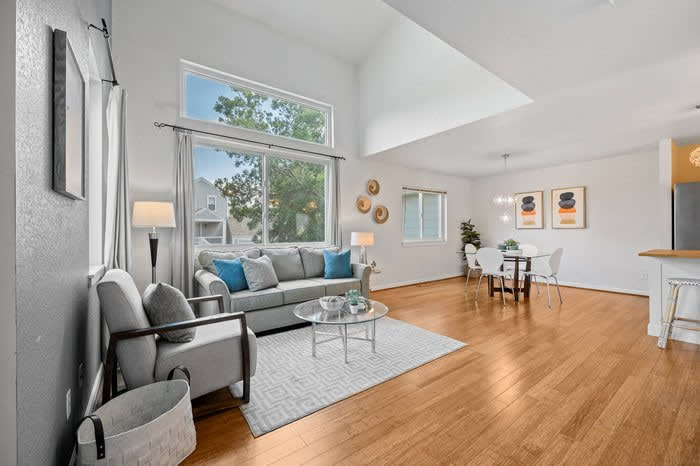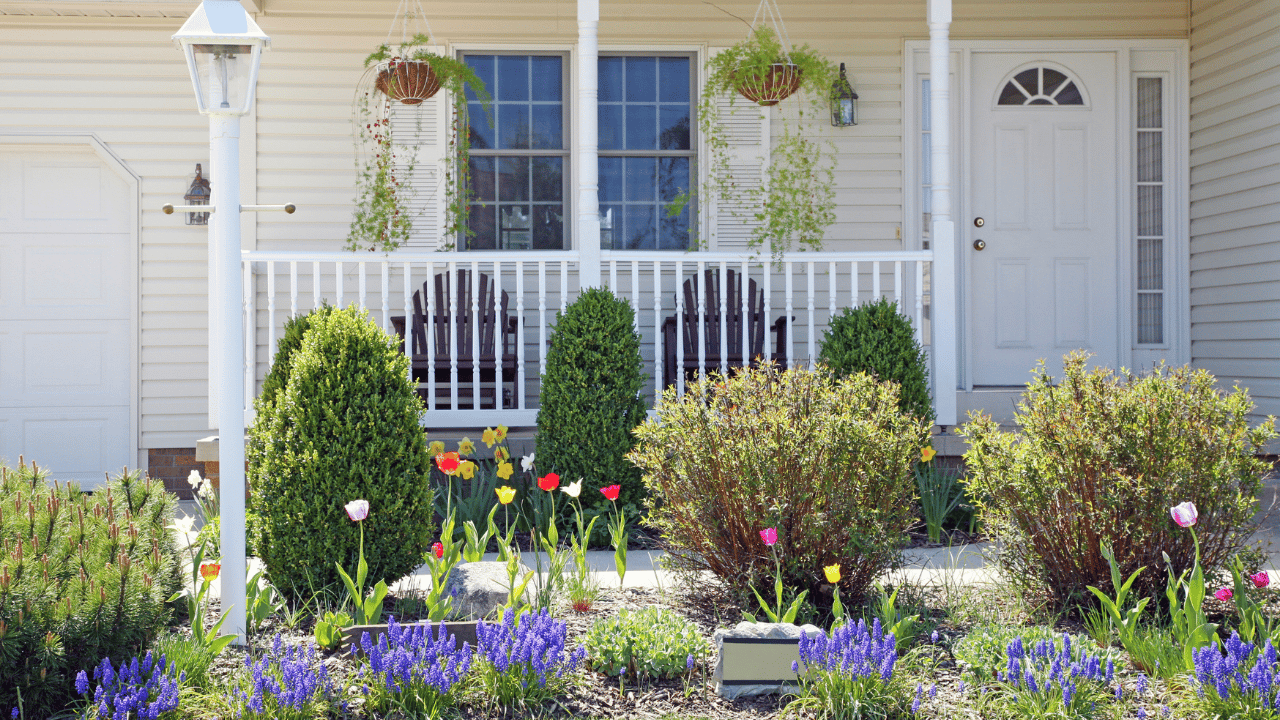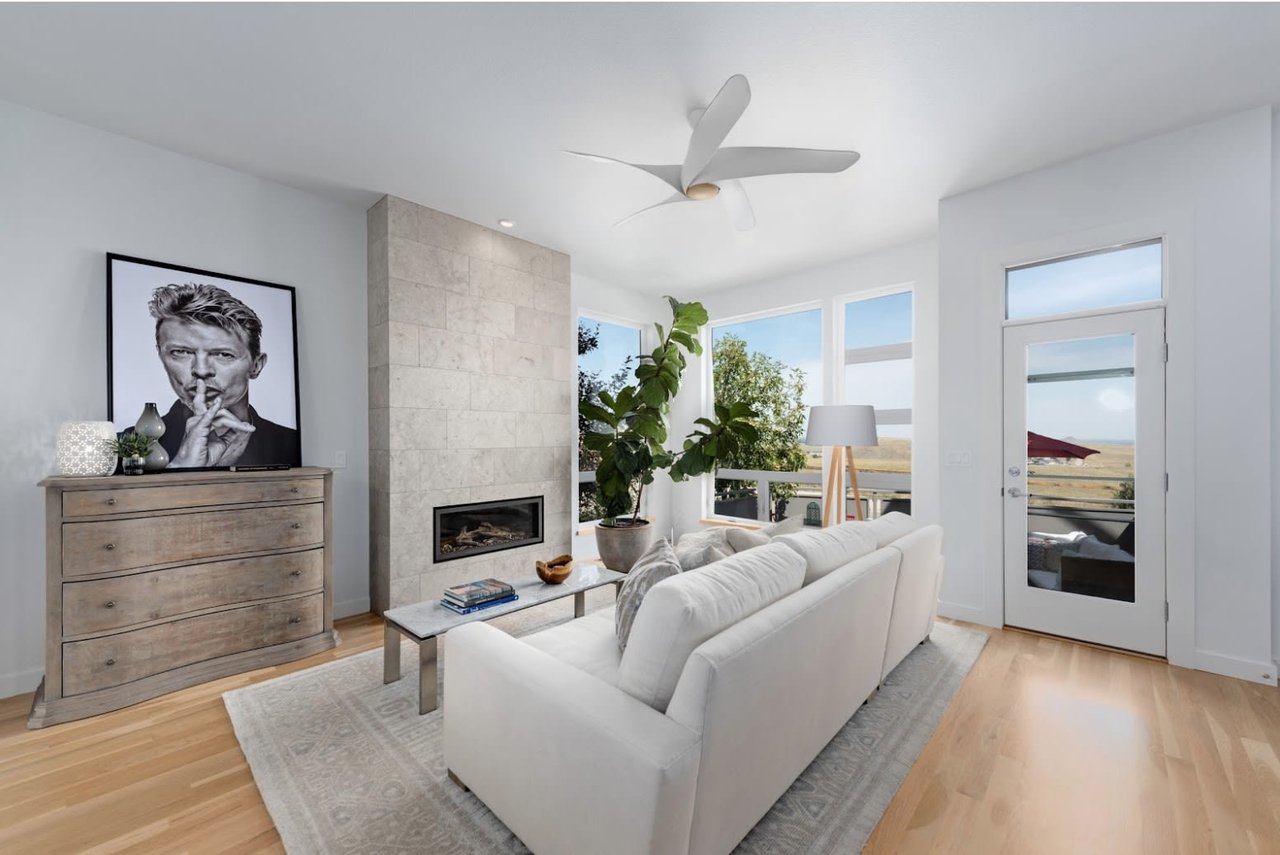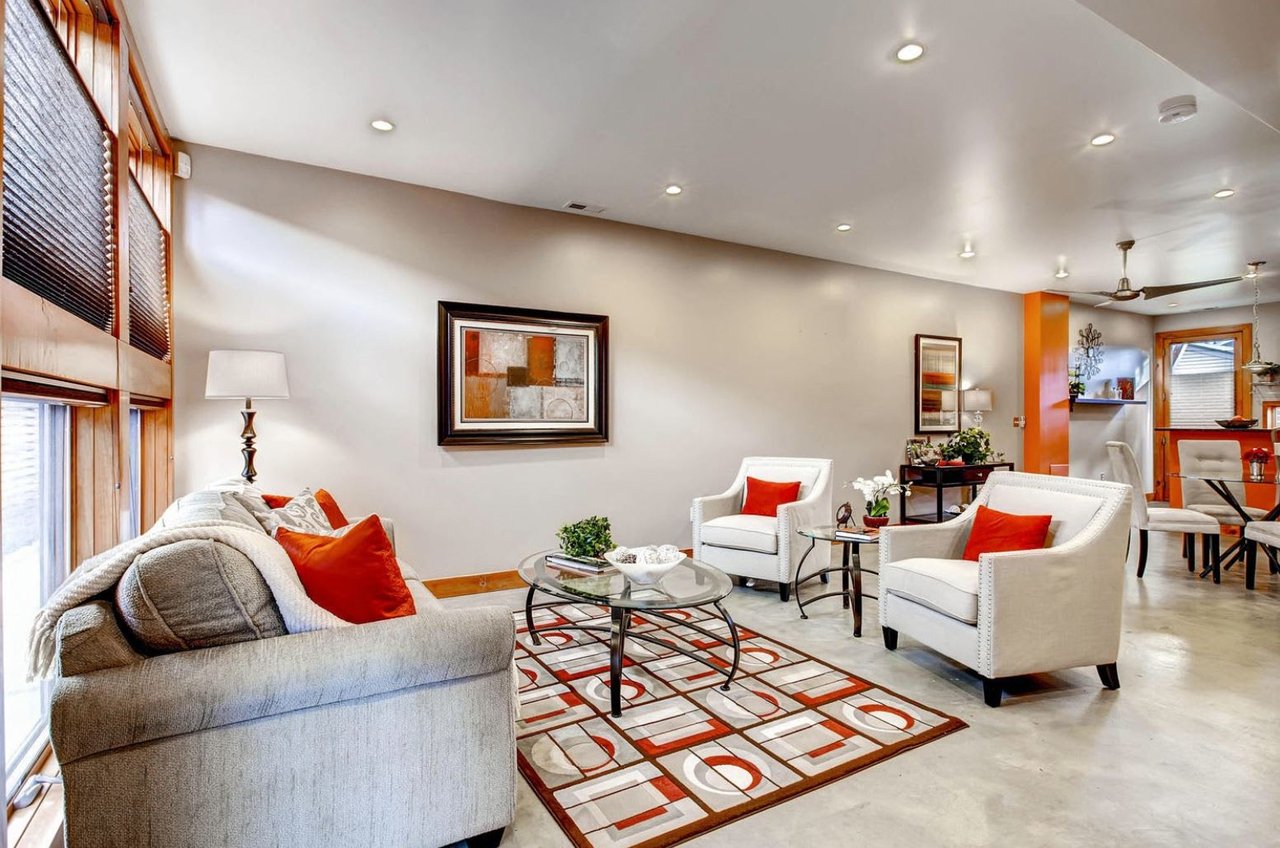While national headlines make the economy and housing market seem dire, and there are plenty of questions still to be answered with regard to whether or not we are heading into a recession, there is still a lot of housing market activity taking place in the Boulder/Denver corridor.
It's true, some sellers have taken price drops in order to sell their homes, and things feel hit or miss right now. However, most people who buy and sell homes have to do so as home purchases and sales are typically due to life changes (babies, marriages, divorces, job changes), and not market conditions. Luckily there are some real upsides to a more balanced market, one of which is there are opportunities present that weren't there before.
For one thing, people who want to sell their home and buy a new one are able to do so concurrently now. This simply wasn't possible a few months ago and many sellers felt stuck in their homes. They felt like selling would be no problem, but with the uber-competitive market conditions, many felt uneasy not knowing where they would go and how long they would have to be looking at and offering on homes.
Recently, we have had significant interest from sellers who also want to be buyers. These sellers finally see openings in the market that weren't there before- and they are right!
One big question we get from these clients is "How do I make this happen financially? How do I buy a new home with one to sell?"
There are a lot of moving parts when doing concurrent sales and purchases. Here are some financial options open to consumers who want to buy a home and have one to sell:
-Write a Contingent Contract- In this instance, the home buyer (who is also a seller!) puts the new home under contract with a contingency in place to sell their existing home. If the existing home doesn't sell, this buyer can pull out of the new purchase. All deposits and money would be protected as long as the contract was followed appropriately. This is a great option for folks who can't/don't want to have any overlap time of paying two mortgages as consumers don't need to qualify for both mortgages in this instance. However, this is the more stressful option as both the purchase and sale happen concurrently and the buyer/seller is balancing buying a new home with showing their old home, negotiating inspections on both properties, etc.
-Pull Home Equity Line of Credit (HELOC) or Refinance to Cash Out Equity in Existing Home- When using this option, the home buyer/seller takes money out of their existing home to use as the down payment on a new home. The consumer would need to be able to qualify for mortgages on both homes if they don't want to write a contingent contract on their new home. This option has the benefit of being a bit less stressful as both homes do not need to be bought/sold at the same time. The consumer can use equity from their current home as the down payment on the new home, go ahead with their purchase, and then get their existing home listed after. The HELOC or cash-out refinance is paid off when the existing home is sold.
-Bridge Loan- Bridge loans are short term loans that allow consumers to buy a new home before they sell their existing home. This allows the homeowner to access equity in their existing home to use as a down payment on the new home. The purchaser does not need to qualify for both mortgage payments when using a bridge loan. Once the existing home is sold, the bridge loan is paid off and the homeowner secures long term financing for their new home. The upside to the bridge loan is that it allows the home seller 6 months to sell their home so the home purchase and sale don't have to happen concurrently. It also allows homeowners to move just once, which is important to many people. The downside is that the interest rate is higher on these loans.
If you have questions about the market or about buying and selling, don't hesitate to reach out. Until next time!
Allison Benham and Ken Crifasi with K&A Properties
